Even when DEI practitioners talk about race, the recently centered but oft-forgotten “I” of BIPOC may have fewer resources and little recognition at work.
National American Indian Heritage Month, as it is called by the Library of Congress, has its origins in a 1986 bill dubbing Nov. 23 to Nov. 30 “American Indian Week.”
While changes were made one year to celebrate Indigenous people in September due to prime harvest season, ultimately the federal government decided on November for the heritage month because “this month concluded the traditional harvest season and was generally a time of thanksgiving and celebration for American Indians.”
In honor of the festivities this year, talent firm Everbright put on a virtual event discussing how HR professionals can support Indigenous folks year-round — not just in November.
The event was titled “Native American Legacies: Celebrating Stories of Strength and Survival,” which Everbright said was San Diego State University’s theme for celebrating Indigenous heritage this year. The session featured speakers Sunny Myers of cloud computing company Fastly and Ridge Howell of Native Agriculture Financial Services, and was moderated by Everbright’s Director of Leadership Development Marcus Hollan.
Here are four main takeaways from the learning and development session.
1. Ask employees what they prefer to call themselves
The speakers and the resources Everbright shared all emphasized the importance of asking how someone prefers to identify.
Identity can be complex, with terminology such as “Native American,” “Indigenous,” “American Indian” and “First Nations” as options. Additionally, speakers highlighted how Indigenous people self-identify by tribal association, such as the Seminole or Tlingit tribes.
As pointed out in the session, 574 federally recognized tribes exist across the U.S. alone. Some of the biggest tribes are the Navajo Nation, and Cherokee and Choctaw tribes, according to 2023 U.S. Census Bureau data.
2. Let go of assumptions
Some misconceptions also exist around Native Americans. Apart from tired cultural tropes, other pervasive stereotypes — like the idea that all Indigenous people in America live on reservations — are not the full story. Only about 22% of Native Americans live on reservations.
Pro-tip: The National Museum of the American Indian, a Smithsonian museum, has online education resources, including a “myth vs. history” section of its site, as a starting point.
3. Look into the Indigenous histories
A big part of the session was spent discussing often-lost Native American history. Looking into the economic, academic and social impact of colonization can illuminate a lot about the Indigenous experience today.
For example, at the top of the month, Kerry Bird, president of the board of directors for the National Indian Education Association, testified on Capitol Hill regarding the impact of the economy and federal government shutdown on Indigenous people from the classroom to the boardroom. In particular, Bird and other Native American leaders noted that reductions in force or layoffs negatively affected Indigenous people in the U.S.
As employers and employees dig into Indigenous history, remember that, apart from national institutions like the Smithsonian museum, local resources can also prove fruitful. In a column for a Kansas-based library, one Ojibwe tribe member wrote about how its wealth of books about people of the First Nations had helped her connect to her own heritage.
4. But don’t linger on the past
Beyond exploring personal ancestries, learning about Indigenous heritage can also include learning about those who are blazing trails today. Some people mentioned in the Everbright session include:
Ultimately, while the past is important, even more crucial is not tying the existence of Indigenous people purely to the past, many Indigenous thought leaders have urged. As the Ojibwe Tribe member wrote in their column, “Honoring this legacy means not only remembering the past but also respecting Indigenous voices and contributions as we work toward a more inclusive and just future.”
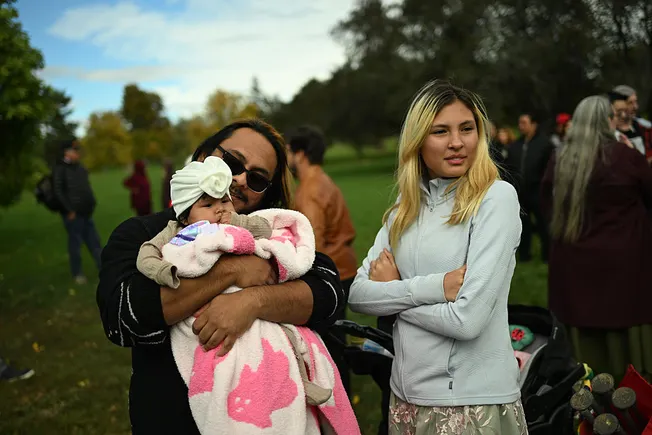

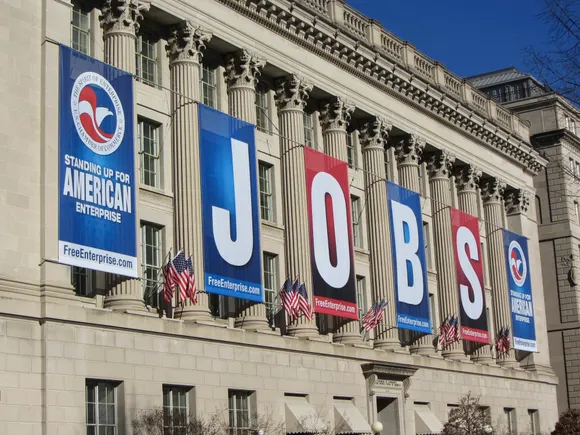
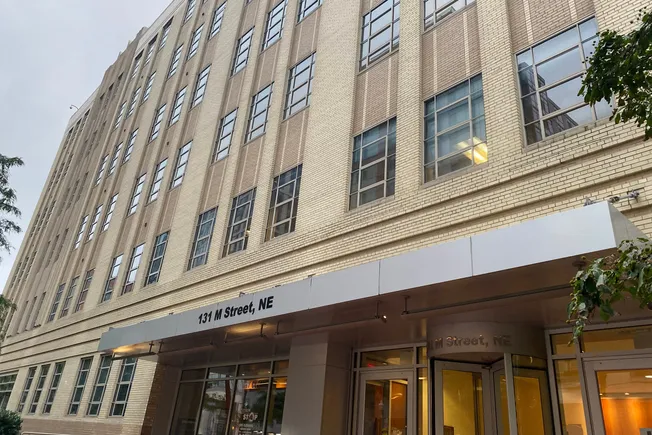
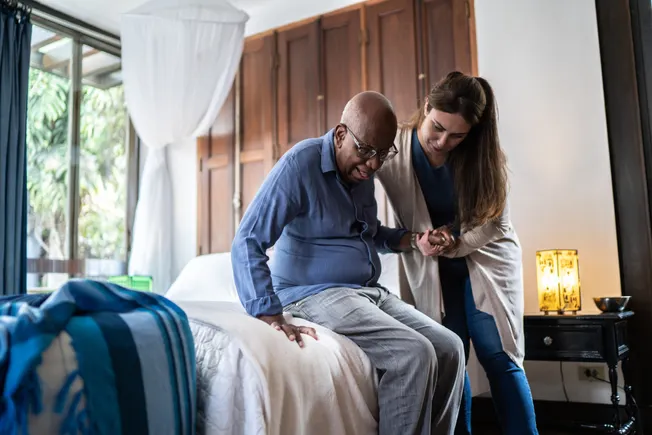
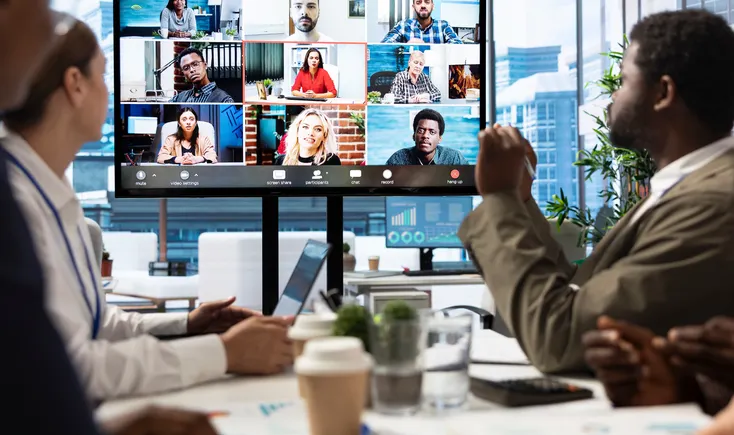
Leave a Reply